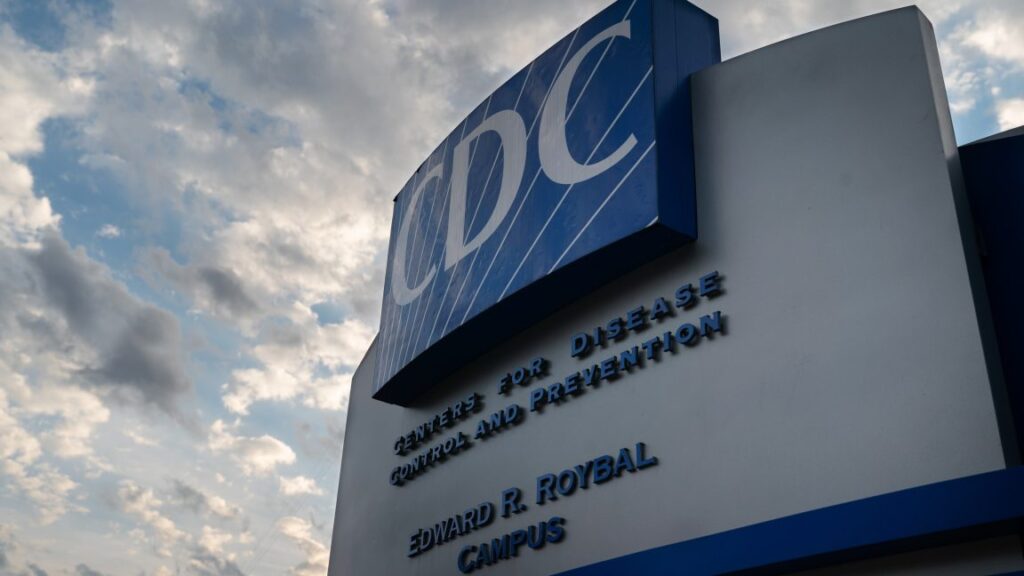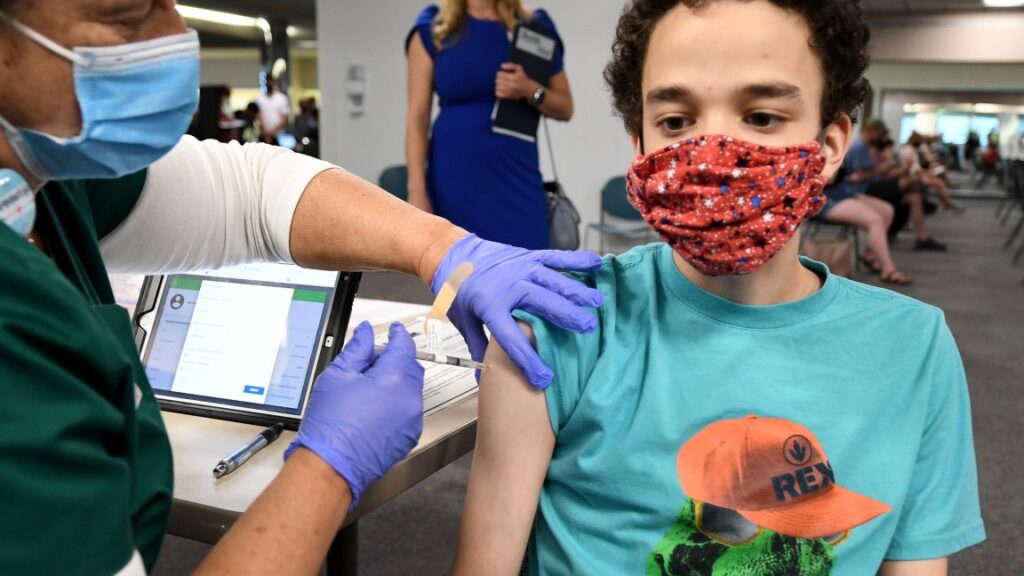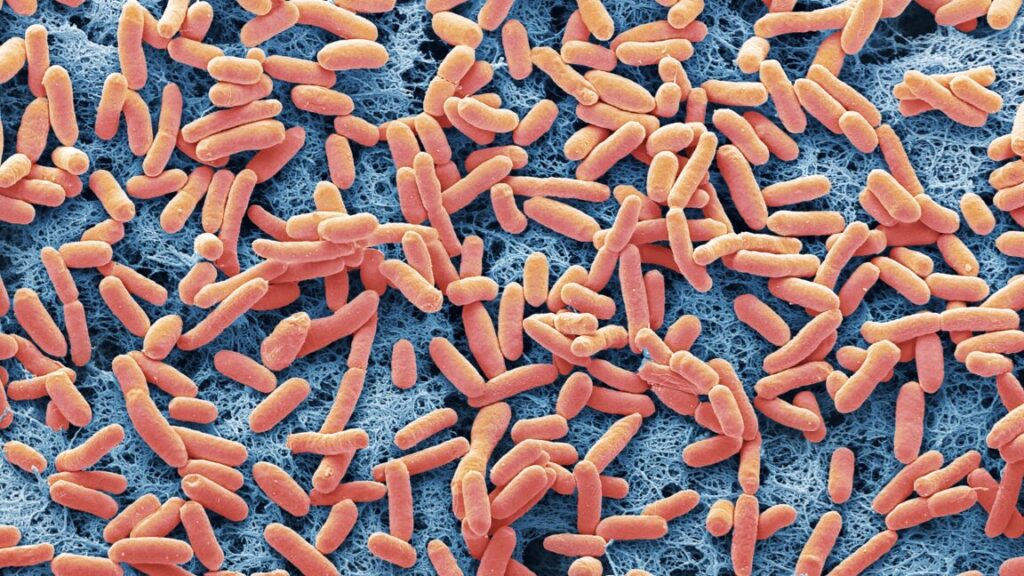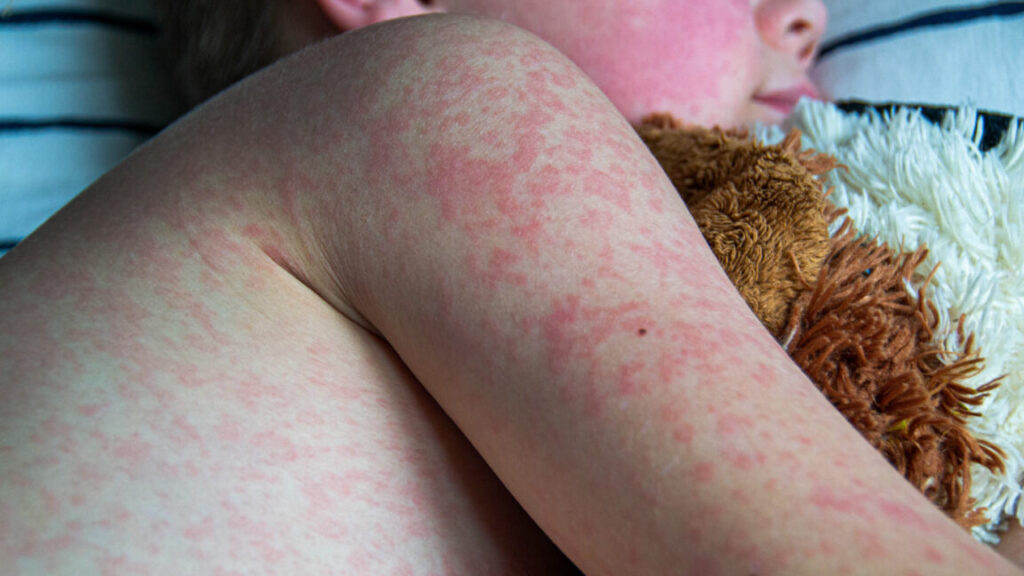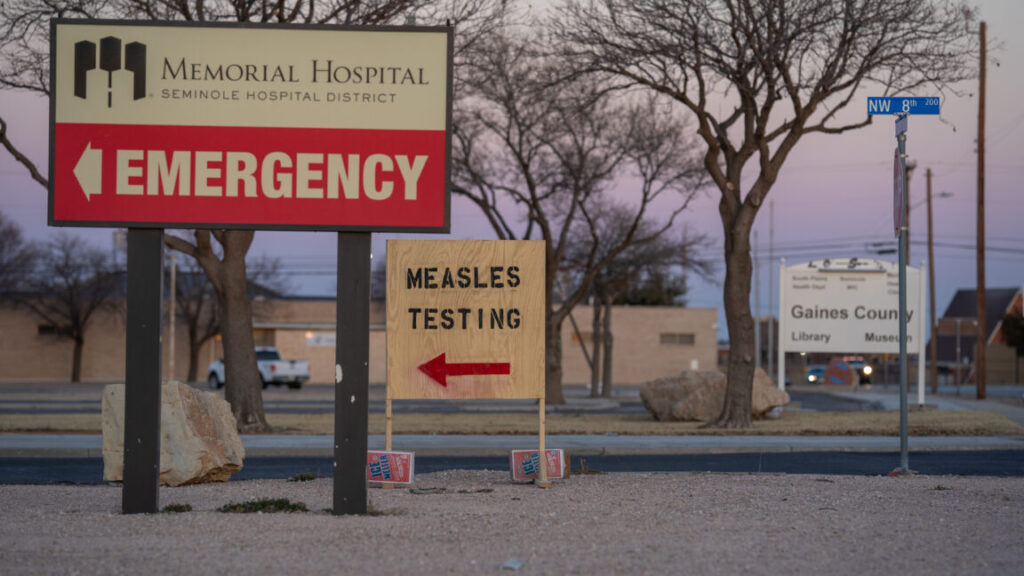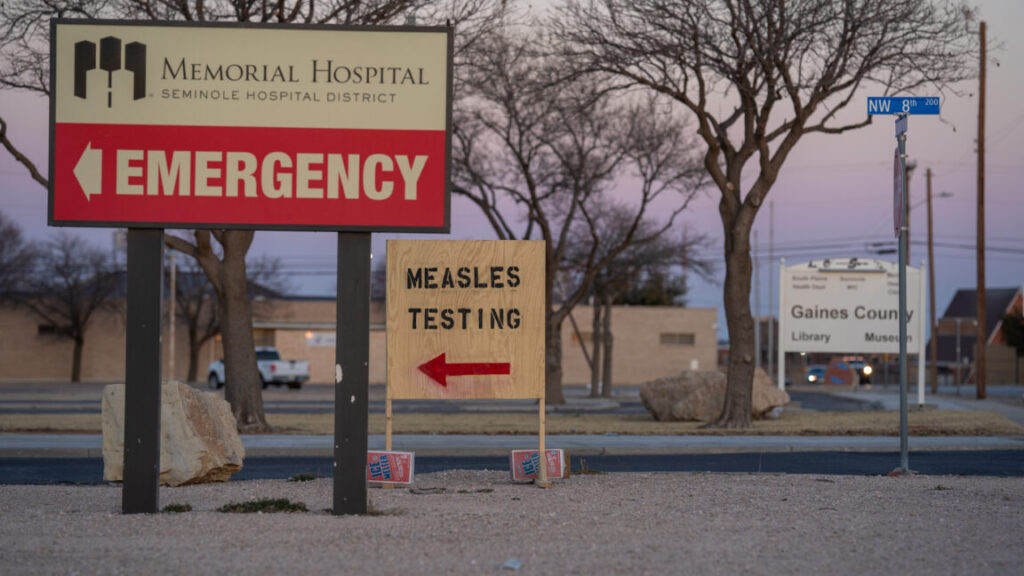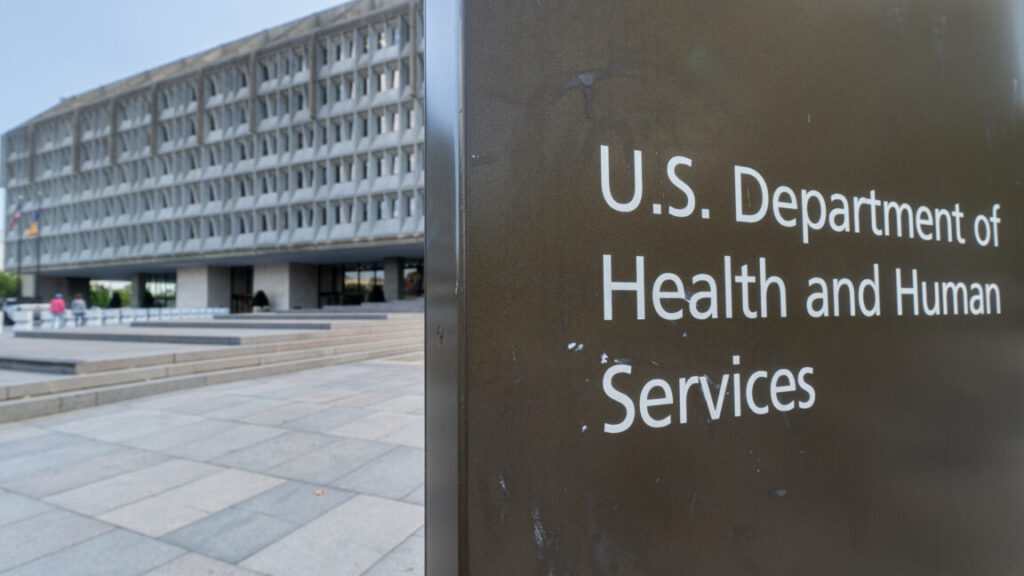Top CDC COVID vaccine expert resigns after RFK Jr. unilaterally restricts access
A top expert at the Centers for Disease Control and Prevention who was overseeing the process to update COVID-19 vaccine recommendations resigned on Tuesday.
The resignation, first reported by The Associated Press and confirmed by CBS News, comes just a week after health secretary and anti-vaccine advocate Robert F. Kennedy Jr. unilaterally revoked and altered some of the CDC’s recommendations for COVID-19 vaccines, restricting access to children and pregnant people. The resignation also comes three weeks before CDC’s experts and advisors are scheduled to meet to publicly evaluate data and discuss the recommendations for this season—a long-established process that was disrupted by Kennedy’s announcement.
The departing CDC official, Lakshmi Panagiotakopoulos, a pediatric infectious disease expert, was a co-leader of a working group on COVID-19 vaccines who advised experts on the CDC’s Advisory Committee on Immunization Practices (ACIP). She informed her ACIP colleagues of her resignation in an email on Tuesday.
“My career in public health and vaccinology started with a deep-seated desire to help the most vulnerable members of our population, and that is not something I am able to continue doing in this role,” Panagiotakopoulos wrote.
Unilateral changes
Previously, the CDC and ACIP recommended COVID-19 vaccines for everyone ages 6 months and up. Experts have emphasized that pregnant people in particular should get vaccinated, as pregnancy suppresses the immune system and puts pregnant people at high risk of severe COVID-19 and death. The American College of Obstetricians and Gynecologists states that “COVID-19 infection during pregnancy can be catastrophic.” Further, dozens of studies have found that the vaccines are safe and effective at protecting the pregnant person, the pregnancy, and newborns.
Top CDC COVID vaccine expert resigns after RFK Jr. unilaterally restricts access Read More »
